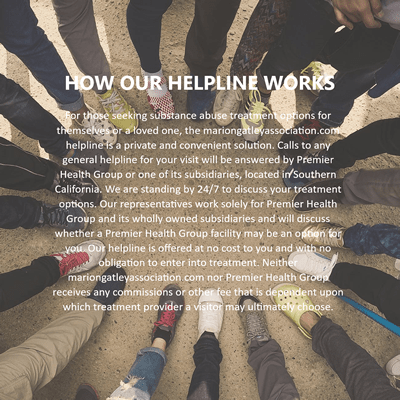The “study drugs” of high school and college have graduated into the workforce.
On college campuses, students abuse prescription ADHD drugs like Adderall, Ritalin, and Vyvanse in order to fuel intense studying sessions. When abusing such stimulants, users feel alert, and can concentrate on a task like studying with single-minded focus. Needs like sleep, hunger, and using the bathroom are relegated, clearing the way for hours and hours of studying.
The Center on Young Adult Health and Development reported that nearly a third of college students have abused Adderall or other prescription stimulant drugs at least once. Unsurprisingly, the use of study drugs peaks during busy midterm and finals weeks.
Adderall works by mimicking the natural neurotransmitter adrenaline. Adrenaline is responsible for the fight or flight response, so when we’re flooded with it, we experience the focus, clarity, and alertness our ancestors would’ve needed when facing down a nasty saber-toothed tiger. For modern-day humans, however, the tigers we face are more likely to be assignments, exams, or projects due the next day. And unlike natural adrenaline, Adderall is a controlled release, meaning that the effects last for hours.
But what was once considered the drug of harried college students is making its way into the workplace. As working people of all professions face increased pressure, they may turn to Adderall as a means of keeping up with their coworkers. What they don’t realize is that they may end up in drug rehab instead.
In a culture that values busyness, perfection, and constant production, many workers feel like they have no option but to take prescription stimulants. After working long hours, some feel like they need Adderall to just tread water day by day, while others compare the abuse to doping or steroids in the sports industry; to many, Adderall is a neurological performance-enhancing drug.
And that performance-enhancing habit is becoming normalized in workplaces. According to the New York Times, in 2007, 5.6 million adults aged 20 to 39 had a monthly ADHD prescription. In 2012, almost 16 million did, representing around a threefold increase.
While many abusers claim to have control over their Adderall use, they may not be aware of its addictive properties. Adderall is a form of amphetamine, a drug that’s very similar to methamphetamine, and is classed as a Schedule II drug alongside cocaine. Users can easily end up becoming addicted and needing treatment in an addiction treatment center.
On top of addiction, the negative side effects of prescription stimulants like Adderall include reduced appetite, insomnia, digestive problems, psychosis, increased risk of stroke, and heart problems like arrhythmia, high blood pressure, and sudden cardiac death.
Don’t let a drug or alcohol addiction rob you of your life, family, and friends. If you or someone you love is addicted, please contact our empathetic representatives of Intervention Drug Rehab Association today. We’re committed to finding a luxury drug rehab program that’s right for your needs and walks with you down the path to recovery.



